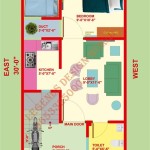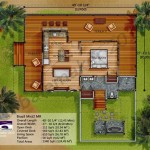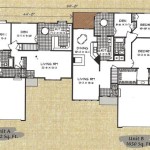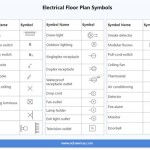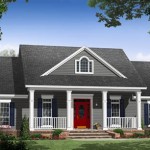Rayburn House Office Building Floor Plan: A Comprehensive Guide
Historical Significance
The Rayburn House Office Building, named in honor of legendary Speaker of the House Sam Rayburn, is an iconic landmark on Capitol Hill. Its neoclassical design and vast interior have played a pivotal role in the legislative history of the United States.
Layout and Design
The Rayburn House Office Building consists of four identical wings, each designated as North, South, East, and West. The building has a central courtyard and a large atrium, providing ample natural light and open spaces for visitors and staff alike.
Office Space and Amenities
Each wing of the Rayburn House Office Building houses a total of 435 offices, providing workspace for Representatives and their staff. These offices vary in size and layout to accommodate the needs of individual members of Congress.
In addition to office space, the building offers a wide range of amenities for its occupants, including committee rooms, conference centers, a fitness center, and a cafeteria. The building also features a library and a museum dedicated to the history of the House of Representatives.
Technology Infrastructure
The Rayburn House Office Building has been equipped with state-of-the-art technology to support the legislative needs of its occupants. Each office is equipped with high-speed internet access, video conferencing capabilities, and advanced security systems.
Sustainability
The Rayburn House Office Building meets rigorous sustainability standards. The building incorporates energy-efficient lighting, water conservation measures, and recycled materials in its construction. These efforts contribute to reducing the environmental impact of the building while ensuring a comfortable and productive work environment.
Security and Access
Due to its sensitive nature and the importance of the work conducted within, the Rayburn House Office Building has stringent security measures in place. Access to the building is controlled through a combination of security guards, surveillance cameras, and electronic access systems.
Conclusion
The Rayburn House Office Building is more than just a workplace; it is an architectural marvel and a testament to the legislative legacy of the United States. Its well-designed floor plan, modern amenities, and commitment to sustainability create an optimal environment for the members of Congress to carry out their important work.
Capitol Hill Buildings And Eateries
Rayburn House Office Building Architect Of The Capital
The Rayburn 5422 4 Bedrooms And 3 Baths House Designers
Senate Side House Visitors Center Svc Office Buildings
Office Building Floor Plans Colaboratory
Capitol Hill Buildings And Eateries
Image Result For Hospital Plan Floor Layout Plans Design
Senate Office Buildings House And Capitol Hill Club
Rayburn House Office Building Architect Of The Capital
Rayburn House Office Building Architect Of The Capitol

